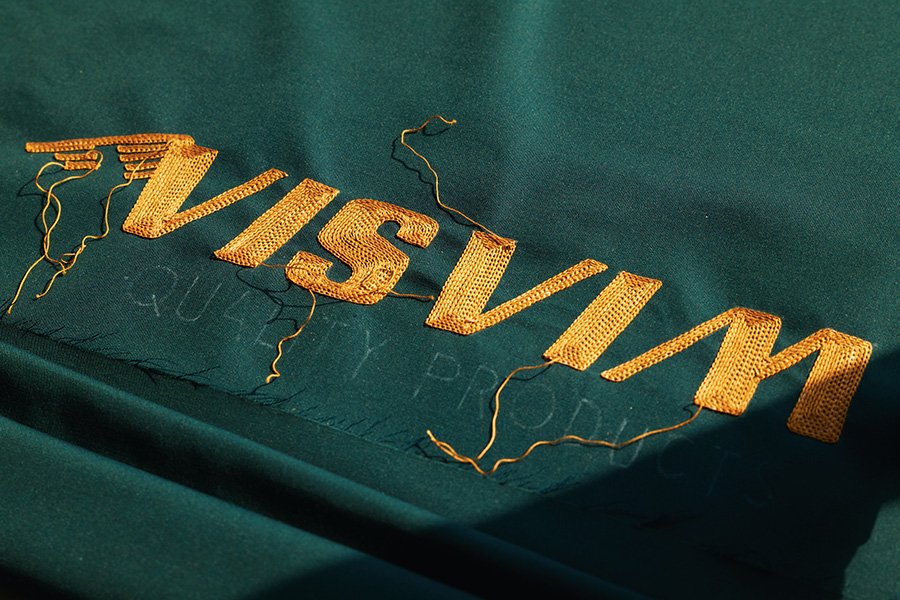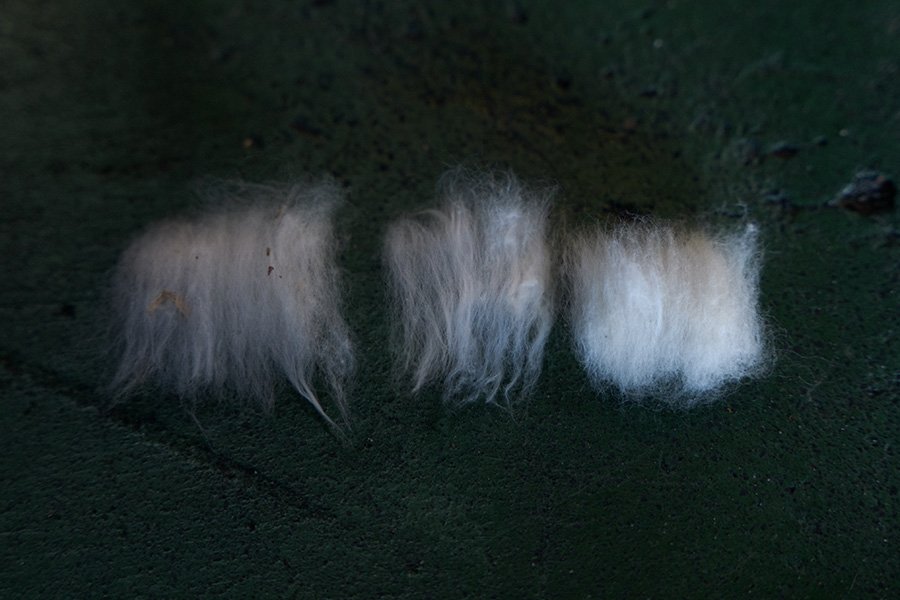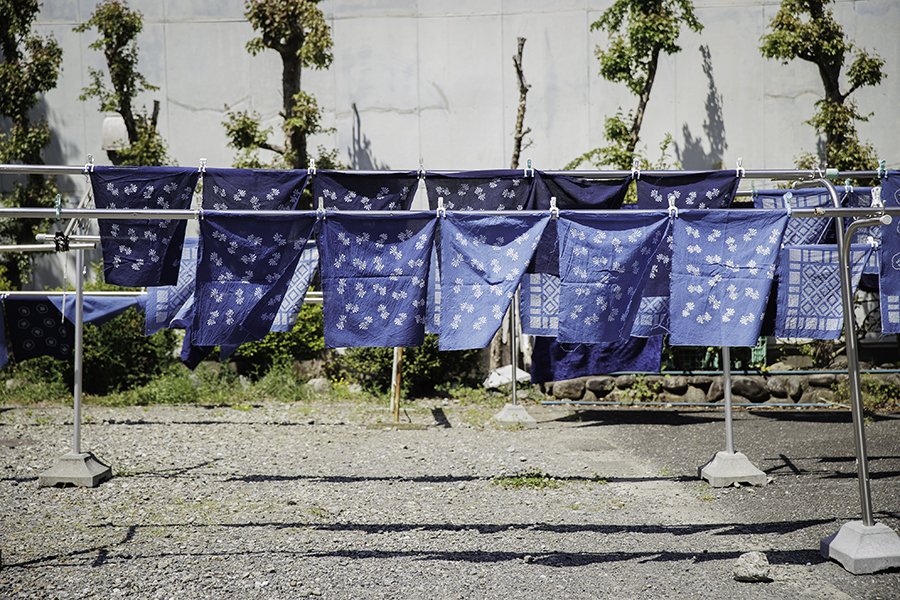Dissertation
VISVIM HARMONIOUS PROCESS : Doro-Zome (Mud-Dyeing)
It has already been more than ten years since we first started incorporating mud dyeing. Although it may seem like we are simply just doing the same thing repeatedly, we are actually always making
small adjustments and modifications to our process whenever we utilize this technique and through much trial and error, we have been able to expand the possibilities that "mud dyeing" possesses as a dyeing and finishing technique.
| Category: | Processing |
|---|
| Date: | 2025.08.26 |
|---|
| Tags: | #dorozome #muddyeing #visvim #visvimharmoniousprocess |
|---|
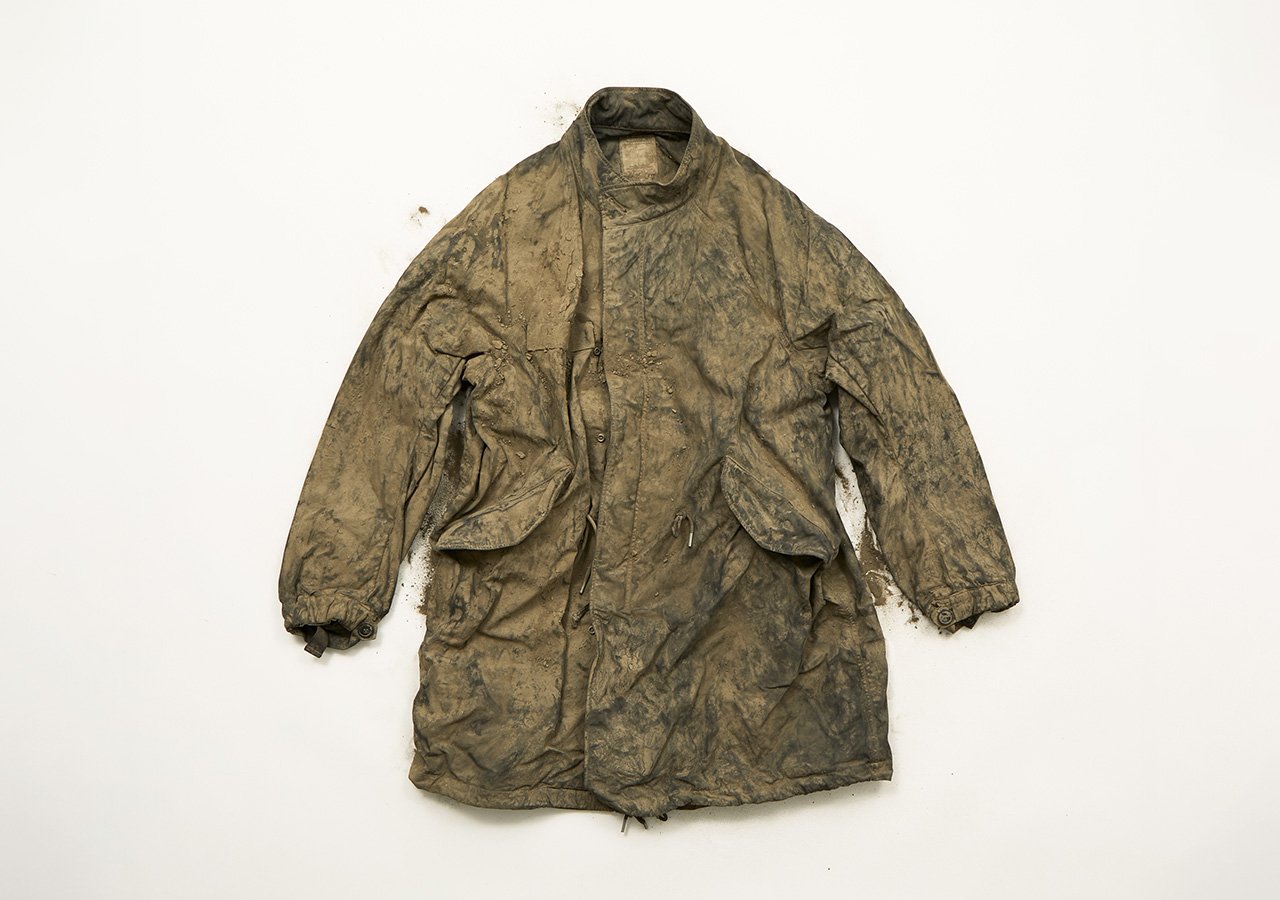
To bridge the process of creating products
Materials and construction methods help shape products into reality. Each creation has a craftsperson behind it with a depth of knowledge accompanied by skilled technique, and we believe that the intersection of these elements is what "monozukuri" or creating product is all about. When continuing to develop the process of creating it deepens the mutual understanding between those involved and the result is a more enriched expression in the final product. However, it is not so common to meet people that you can build such a relationship with, and this seems to be one of the more difficult aspects of continuously creating something with meaning.
It has already been more than ten years since we first started incorporating mud dyeing. Although it may seem like we are simply just doing the same thing repeatedly, we are actually always making small adjustments and modifications to our process whenever we utilize this technique and through much trial and error, we have been able to expand the possibilities that "mud dyeing" possesses as a dyeing and finishing technique. Instead of just dyeing fabrics a brown or black hue, we have discovered and refined a use for "mud dye" that nobody ever knew in the history of this technique that
allows for creation of an expression that adds a subtle texture to products made with synthetic fibers such as nylon.
To achieve such new discovery, it becomes essential not only to respect traditions that have been passed down, but to also have an understanding and cooperation from craftspeople who are willing to take on new challenges. In Japan there are still a handful of handicraft techniques that remain preserved, which uphold a more traditional craftsmanship, perhaps its due to a long-lasting culture surrounding kimonos. We believe one of our missions when creating new products is to transform that historical appeal into something that is more appropriate for use today by connecting the past with the desires of our current market.
We feel that we have been fortunate enough to gradually nurture a small community that centers around visvim, which connects us with craftspeople who support our efforts to create new products, while maintaining and growing our association with individuals who share a common sense of values
Hiroki Nakamura

Doro-Zome (Mud-Dyeing)
Since ancient times, humans have extracted a variety of dyes from natural materials that include plants like indigo, rubia, turmeric, and safflower. They have sourced from the grass, leaves, roots, flowers, and bark from each of these plants. There were also dyes derived from insects and mollusks such as the cochineal beetle and sea snail. Many of these dyes were considered to be a rare luxury and were used to make textiles from everyday life like cloths and garments more beautiful. These natural dyeing methods were even considered to be normal practice in various parts of the world due to the available resources. However, in the nineteenth century -- specifically 1856, British scientist Sir William Henry Perkin synthesized mauveine, and the world's first artificial dye came to be. It streamlined the dyeing process by making it easier and more cost efficient, which resulted in an explosive spread of artificial dye usage.
By the twentieth century, fade-resistant chrome dyeing became widespread and was popularized at the expense of natural dyeing methods which gradually started becoming more obsolete.
Artificial dyeing is generally able to yield a more uniform absorption of the dye into the fibers creating a flat finish with little to no contrast or variation. Natural dyeing on the other hand produces irregularity in color and is prone to discoloration with age.
Hiroki Nakamura however felt differently about these so-called negative aspects where he thought that they actually possess an incredible beauty.
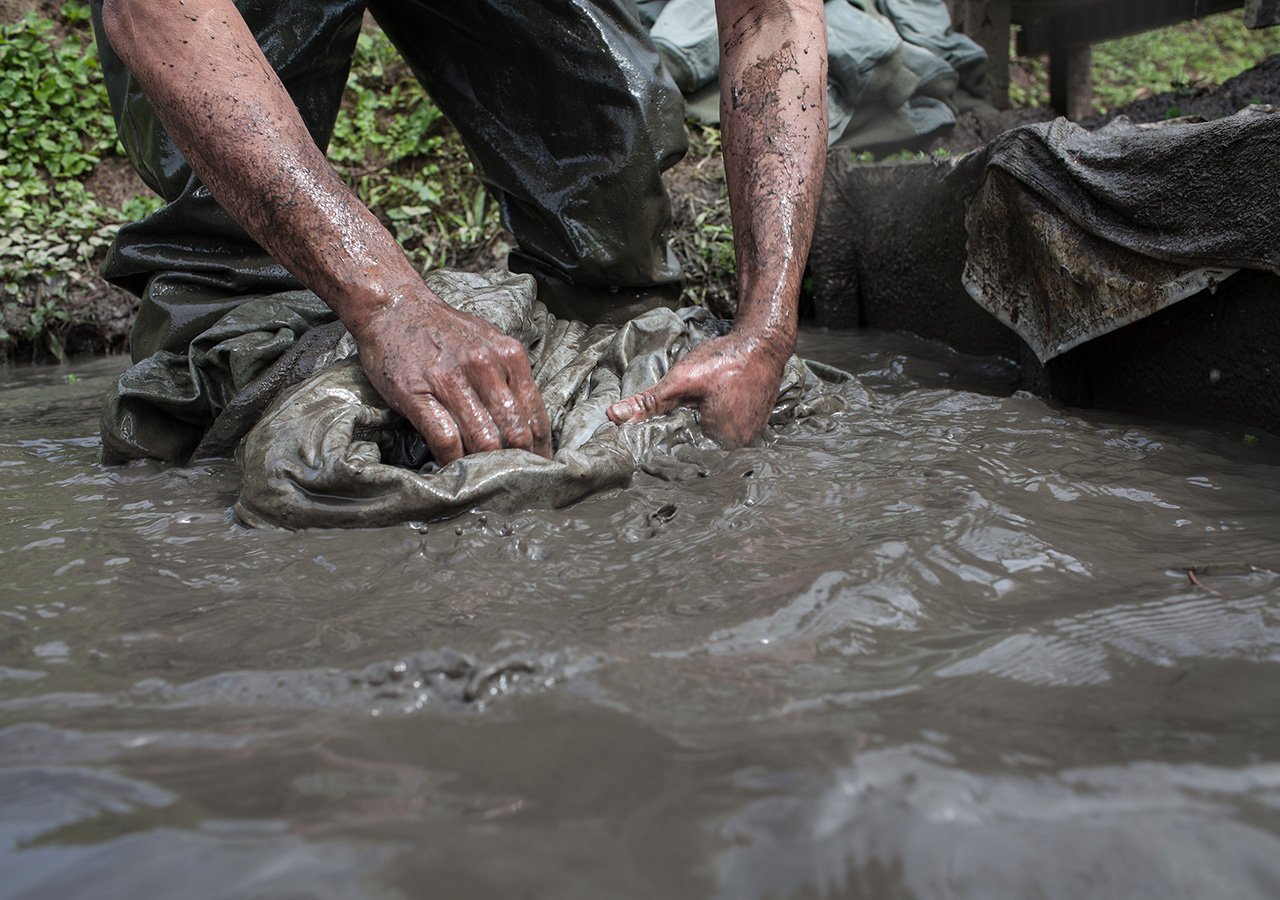
Nakamura elaborates on his thoughts by saying: "A special character can be felt that possesses a more delicate depth as each piece is not uniform and rather inconsistent with a natural unevenness to it that eventually over time reflects the individuality of
the person wearing it. It is my desire to apply these traits found in natural dyeing onto more modern products to be able to incorporate these unique characteristics as much as possible; because of that I have experimented and explored many different applications of these methods to date."
One of my discoveries that became something we regularly revisit when creating our products is a traditional technique known as doro-zome, a unique dying process handed down by generations of craftspeople who worked in Amami Ōshima, of Kagoshima prefecture.
A textile with a history of approximately 1,300-years called Oshimatsumugi (Doro-Oshima) is widely known as a luxury silk fabric and traditional craft of Amami Oshima. The deep and lustrous dark brown color associated with this textile is realized when plants native to Amami are used in the doro-zome dyeing process where yarns get soaked in mud.
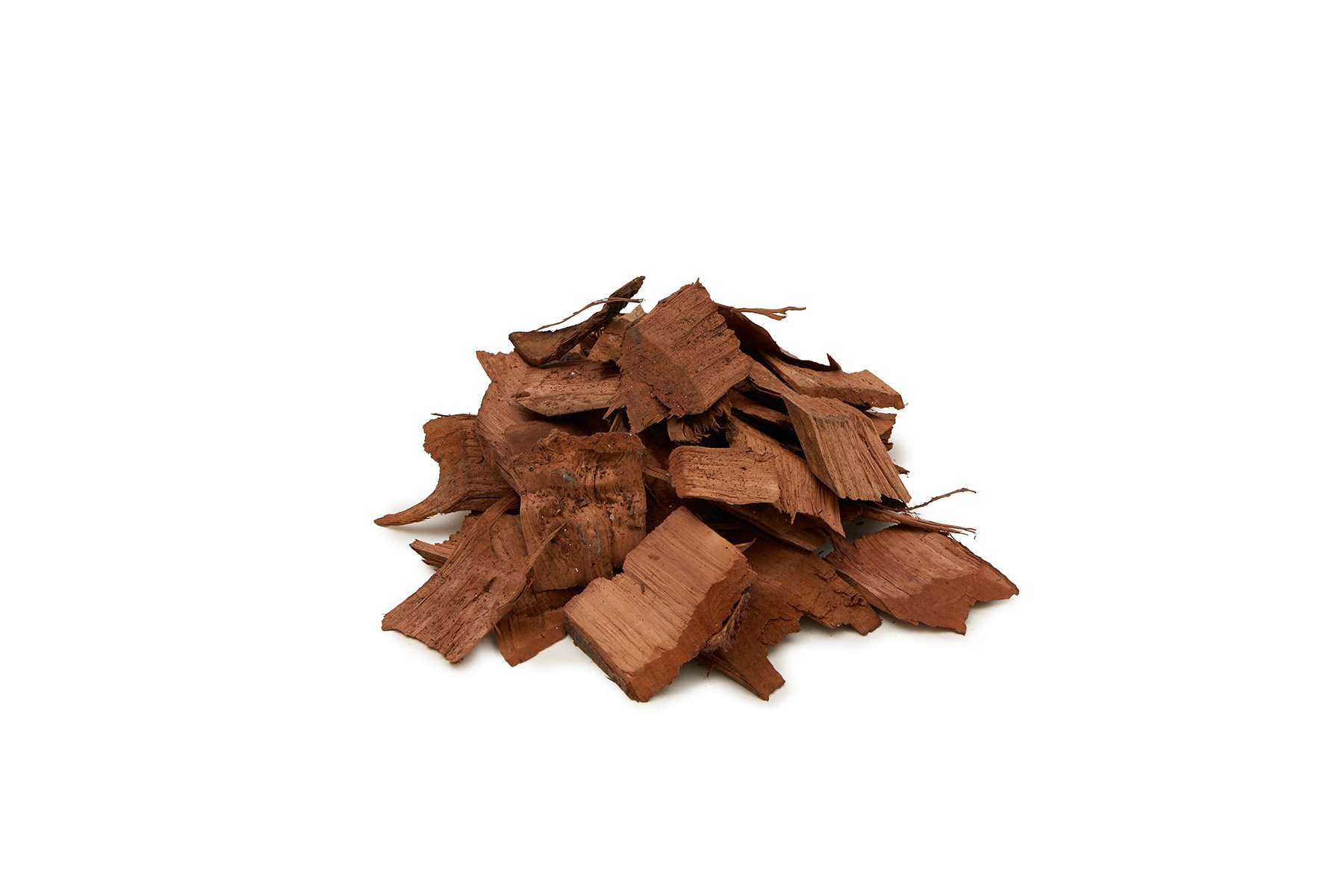
Mud dyeing is made possible by a chemical reaction which occurs between traces of iron found within the volcanic mud and a tannic acid from the pigment of Sharinbai (Rhaphiolepis umbellate), a plant species of the Rosaceae tree also known as, Teechiki in the local Amami dialect. When fibers of silk and cotton are dyed over and over again, they begin their transformation into the deep black tones this dyeing process produces. The technique is said to have been in regular use as early as the Mid-Edo Period and was supposedly discovered by chance when a person left (or perhaps hid) a vegetable-dyed (kusaki-zome) kimono in a rice field which they collected later to find that the kimono had dyed itself into a beautiful black color.
The mud fields necessary for optimal mud dyeing are finite as the soil quality must remain fine and include an abundance of iron. Since ancient times though Amami Oshima has had deposits of mud from clay formations that included great amounts of iron. These mud fields are established along the skirts of the mountain where minerals are retained as water flows from runoff upstream.
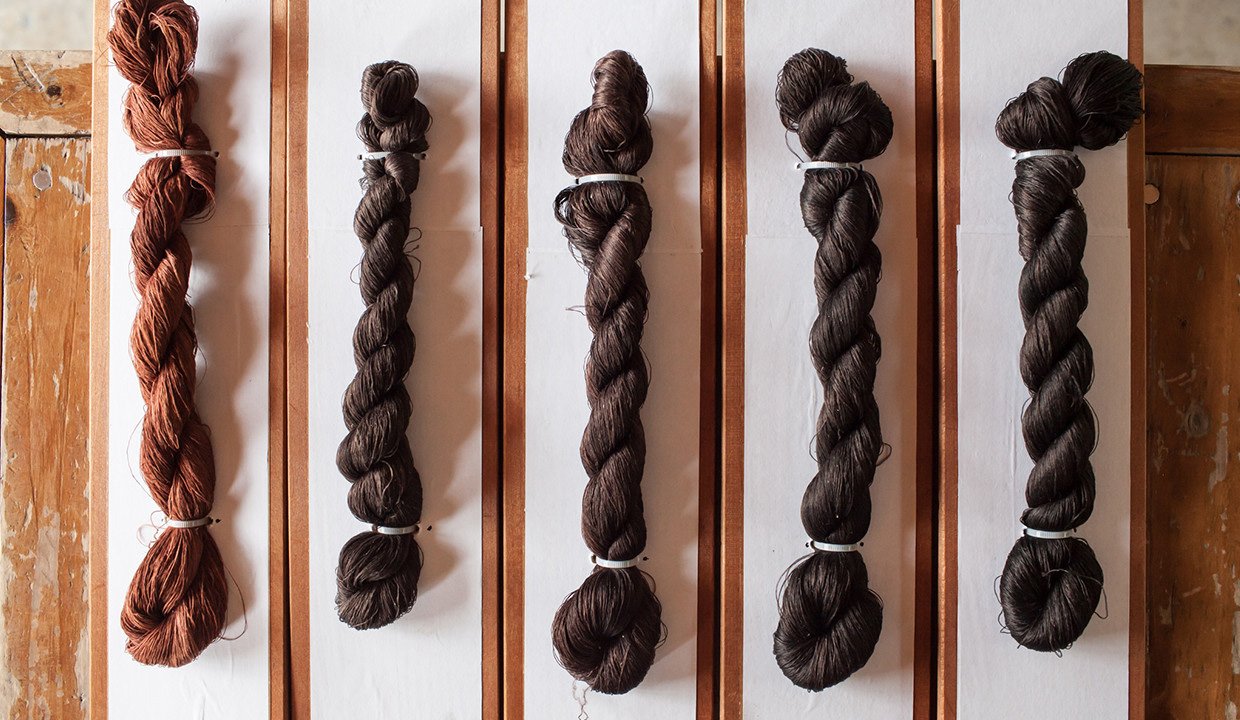
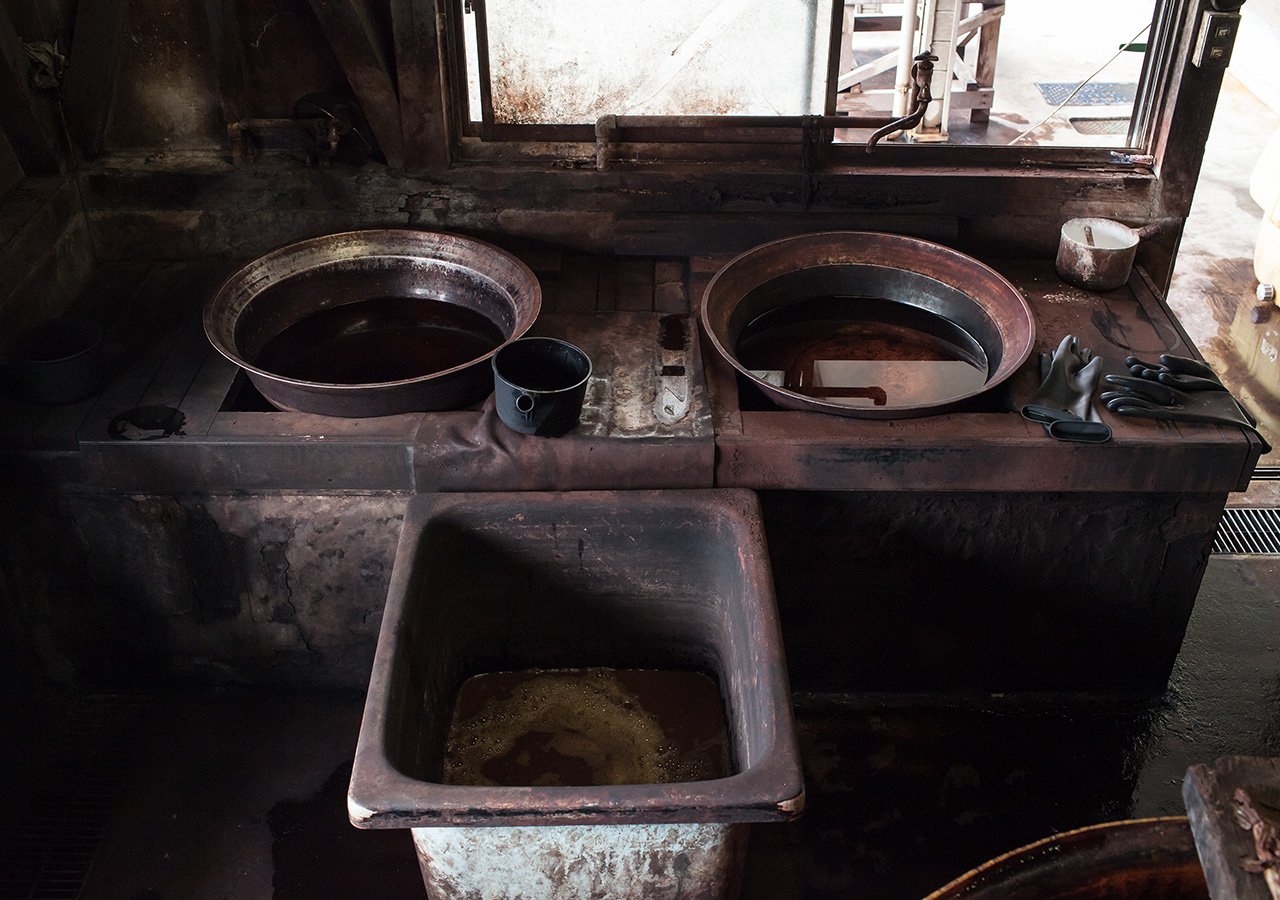
The largest field of mud on the island is maintained on the grounds of the Authentic Amami Oshimatsumugi Mud Dyeing Park in the Naze area of Amami city. There is a workshop here operating under the stewardship of Master Craftsmen Mr. Nozaki that is surrounded by nature under blue skies where products from visvim collections have been finished with mud dye for well over 10 years now.
"I feel a very distinct charm that has an innate human touch when we use an organic technique such as mud dyeing which makes use of its natural surroundings to create something so unique and uneven with such rich texture," says Nakamura. "I wondered if I could create products that possessed a warmth and human touch by perhaps expanding the possibilities of such a technique and testing its applications not only with natural fibers but also synthetic fibers. I continue my exploration and development by taking the mud dye technique and creating new treatments and uses for it."

Conventionally, the mud dye technique has always been applied to yarns, but in contrast to that, mud dyeing a finished garment creates a unique feeling where the texture becomes more apparent over the entire product rather than just an isolated element like the fabric itself. The weight of a jacket that absorbs water from the surprisingly fine and viscous feeling mud is really something substantial. The craftsman stands knee deep in the mud fields carefully soaking each piece one at a time. Once a piece is hung to be dried the next step is the washing of the dyed piece. Machine washing is avoided to prevent any damage to the fabric or metal components and rather a handheld tawashi brush is used to scrub away any excess deposits of mud. A repeat of these steps throughout the entire process further enhances the depth and character of each dyed piece. We take advantage of a technique that utilizes the gift of nature, which remains preserved from ancient times. With this we provide some modern materials and products with an irreplaceable new charm.
Text: Kosuke Ide






